-
 Bitcoin
Bitcoin $118600
-2.59% -
 Ethereum
Ethereum $4282
-0.42% -
 XRP
XRP $3.129
-4.21% -
 Tether USDt
Tether USDt $0.0000
0.01% -
 BNB
BNB $805.4
-1.80% -
 Solana
Solana $174.3
-5.77% -
 USDC
USDC $0.9998
-0.01% -
 Dogecoin
Dogecoin $0.2230
-6.33% -
 TRON
TRON $0.3466
1.70% -
 Cardano
Cardano $0.7745
-5.73% -
 Chainlink
Chainlink $21.37
-3.53% -
 Hyperliquid
Hyperliquid $42.93
-7.25% -
 Stellar
Stellar $0.4324
-4.94% -
 Sui
Sui $3.660
-7.17% -
 Bitcoin Cash
Bitcoin Cash $591.6
2.72% -
 Hedera
Hedera $0.2467
-7.04% -
 Ethena USDe
Ethena USDe $1.001
0.00% -
 Avalanche
Avalanche $22.92
-6.14% -
 Litecoin
Litecoin $118.8
-3.79% -
 Toncoin
Toncoin $3.378
-0.46% -
 UNUS SED LEO
UNUS SED LEO $9.011
-1.15% -
 Shiba Inu
Shiba Inu $0.00001294
-5.81% -
 Uniswap
Uniswap $11.24
0.53% -
 Polkadot
Polkadot $3.870
-6.16% -
 Cronos
Cronos $0.1662
-1.68% -
 Dai
Dai $1.000
0.02% -
 Ethena
Ethena $0.7915
-5.62% -
 Bitget Token
Bitget Token $4.414
-1.65% -
 Monero
Monero $259.3
-3.85% -
 Pepe
Pepe $0.00001120
-8.29%
How to receive Bitcoin through MetaMask?
MetaMask can receive Bitcoin via wrapped Bitcoin (WBTC) on Ethereum or through the Lightning Network, but it requires workarounds and understanding associated risks.
Mar 30, 2025 at 02:01 pm
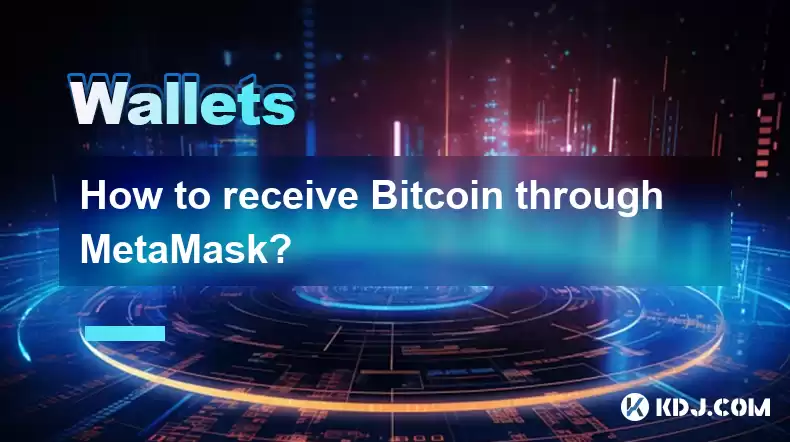
MetaMask, while primarily known for its Ethereum support, can receive Bitcoin through a clever workaround involving the use of a Bitcoin-compatible layer-2 solution like the Lightning Network or a wrapped Bitcoin token. It's crucial to understand that MetaMask itself doesn't directly interact with the Bitcoin blockchain. This means you won't be receiving Bitcoin directly onto a MetaMask address in the traditional sense.
Receiving Bitcoin via Wrapped Bitcoin (WBTC)
Wrapped Bitcoin (WBTC) is an ERC-20 token representing one Bitcoin on the Ethereum blockchain. This allows you to hold and transfer Bitcoin-equivalent value within the Ethereum ecosystem, accessible through MetaMask. The process involves acquiring WBTC from a centralized exchange or decentralized exchange (DEX) that supports it.
- Step 1: Acquire WBTC: Purchase WBTC on a supported exchange using a method comfortable for you, such as fiat currency or other cryptocurrencies.
- Step 2: Transfer WBTC to MetaMask: Once you have WBTC, send it to your MetaMask Ethereum address. Ensure you select the correct network (Ethereum Mainnet) when transferring. Double-check the recipient address to avoid irreversible losses.
- Step 3: Verify Transaction: After initiating the transfer, monitor the transaction on a blockchain explorer to confirm its completion. This usually takes a few minutes, but can sometimes take longer depending on network congestion.
It's important to remember that the value of WBTC is pegged to the price of Bitcoin. Fluctuations in Bitcoin's price will directly affect the value of your WBTC holdings. This is not a direct Bitcoin transfer, but rather a representation of it. Always use reputable exchanges to avoid scams.
Receiving Bitcoin via Lightning Network (LN)
The Lightning Network is a layer-2 scaling solution for Bitcoin that enables faster and cheaper transactions. While MetaMask doesn't directly integrate with the Lightning Network, certain extensions and wallets bridge the gap. This requires a bit more technical understanding.
- Step 1: Install a Compatible Browser Extension: You will need a browser extension that facilitates Lightning Network transactions. Research and choose a reputable extension carefully. Be aware of security risks associated with browser extensions.
- Step 2: Connect to a Lightning Node: The extension will require you to connect to a Lightning Network node. This node acts as an intermediary for your transactions.
- Step 3: Generate a Lightning Invoice: Request a Lightning invoice from the sender. This invoice contains the information necessary to receive the Bitcoin payment.
- Step 4: Receive Payment: Use the extension to receive the payment via the Lightning invoice. The payment will be processed off-chain, making it faster and cheaper than on-chain transactions.
This method requires a deeper understanding of the Lightning Network and its associated risks. Incorrect usage can lead to loss of funds. Thorough research and understanding are crucial before attempting this method. Always back up your seed phrase.
Understanding the Risks and Limitations
Using wrapped Bitcoin or the Lightning Network to receive Bitcoin via MetaMask introduces certain risks and limitations. It is crucial to understand these before proceeding.
- Wrapped Bitcoin (WBTC) Risk: While reputable projects strive to maintain a 1:1 peg, there's always a theoretical risk of de-pegging or issues with the underlying smart contract. The risk is minimized by using established and audited projects.
- Lightning Network (LN) Risk: The Lightning Network, while innovative, is still relatively new. While generally secure, it's susceptible to vulnerabilities and relies on the security of the nodes you interact with. Only use reputable nodes.
- Exchange Risks: If using an exchange to acquire WBTC, you are subject to the risks associated with centralized exchanges, including hacks, security breaches, and regulatory issues. Choose reputable and well-established exchanges.
- Security Risks: Always use strong passwords and enable two-factor authentication (2FA) wherever possible. Never share your seed phrase with anyone. Be cautious of phishing scams and malicious websites.
Choosing the Right Method
The best method for receiving Bitcoin through MetaMask depends on your technical skills and risk tolerance.
- For beginners: Using wrapped Bitcoin (WBTC) is generally easier and safer. The process is more straightforward and requires less technical expertise.
- For advanced users: The Lightning Network offers faster and cheaper transactions but requires a greater understanding of the technology and its associated risks.
Remember, always prioritize security and use reputable services and extensions. Never rush the process, and always double-check your actions.
Frequently Asked Questions
Q: Can I directly receive Bitcoin to my MetaMask address?
A: No, MetaMask primarily supports Ethereum and ERC-20 tokens. Direct Bitcoin reception is not possible without using a workaround like wrapped Bitcoin or the Lightning Network.
Q: Is using wrapped Bitcoin safe?
A: Using reputable and audited wrapped Bitcoin projects minimizes risks. However, there's always a theoretical risk of de-pegging or smart contract vulnerabilities.
Q: Is the Lightning Network safe?
A: The Lightning Network is generally secure, but it relies on the security of the nodes you connect to. Using reputable nodes reduces risks.
Q: What are the fees involved in receiving Bitcoin via these methods?
A: Fees vary depending on the method. WBTC transfers incur Ethereum network fees. Lightning Network transactions have significantly lower fees but still involve minor fees to the node operator.
Q: What happens if the WBTC/BTC peg breaks?
A: If the peg breaks, the value of your WBTC will no longer reflect the value of Bitcoin. This is a risk inherent in using wrapped tokens.
Q: What if I lose access to my MetaMask account?
A: Always back up your seed phrase. If you lose access and don't have your seed phrase, you'll lose access to your funds. This applies to both WBTC and any other assets in your MetaMask wallet.
Q: Are there other ways to receive Bitcoin besides these two methods?
A: Yes, you can use other Bitcoin wallets directly. MetaMask is not the only way to manage cryptocurrencies. Other wallets offer direct Bitcoin support.
Disclaimer:info@kdj.com
The information provided is not trading advice. kdj.com does not assume any responsibility for any investments made based on the information provided in this article. Cryptocurrencies are highly volatile and it is highly recommended that you invest with caution after thorough research!
If you believe that the content used on this website infringes your copyright, please contact us immediately (info@kdj.com) and we will delete it promptly.
- Dogecoin, Presale, Surge: Riding the Meme Coin Wave
- 2025-08-12 11:10:12
- Dogecoin, Tron, and the ROI Reality Check: What's a Crypto Investor to Do?
- 2025-08-12 11:15:12
- Ethereum Layer-2 Scaling Competition Heats Up as ETH Breaks $4K
- 2025-08-12 10:30:12
- China Regulation, Stablecoins, and BNB Presale: Navigating the Crypto Landscape
- 2025-08-12 11:30:12
- Meme Coins, Investment, and Token Burns: What's Hot in 2025?
- 2025-08-12 10:30:12
- China's National Security Alarm Bells Ring Over Worldcoin's Iris Scans
- 2025-08-12 11:35:12
Related knowledge
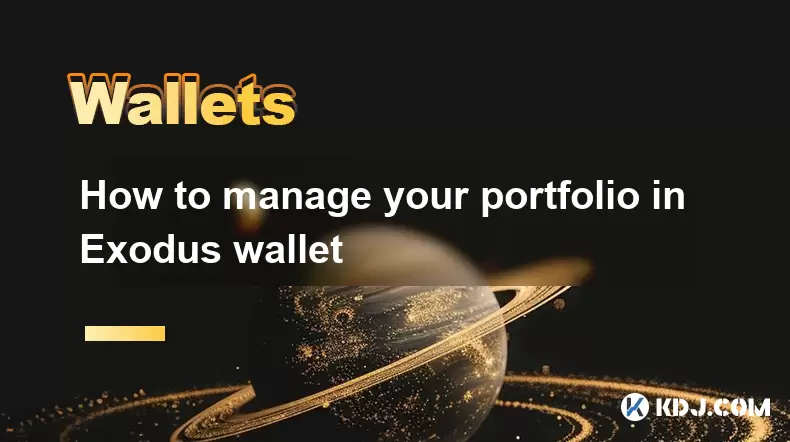
How to manage your portfolio in Exodus wallet
Aug 08,2025 at 10:07pm
Understanding the Exodus Wallet InterfaceThe Exodus wallet is a non-custodial cryptocurrency wallet that supports a wide range of digital assets. When...
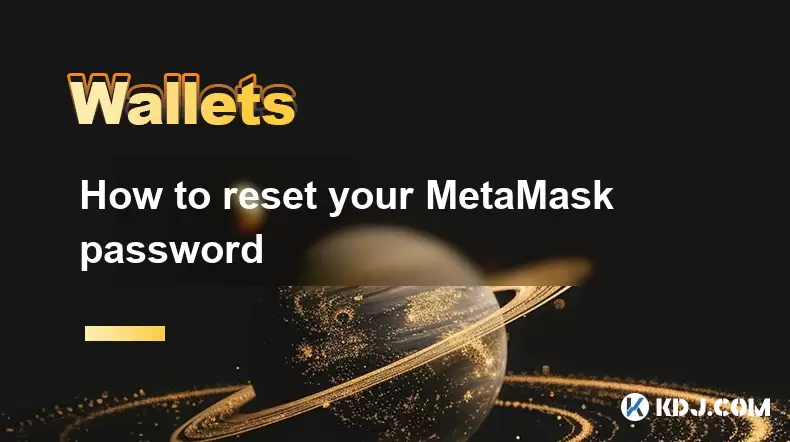
How to reset your MetaMask password
Aug 08,2025 at 01:28pm
Understanding the MetaMask Password Reset ProcessMany users confuse the MetaMask password with the seed phrase or private key, but they serve differen...
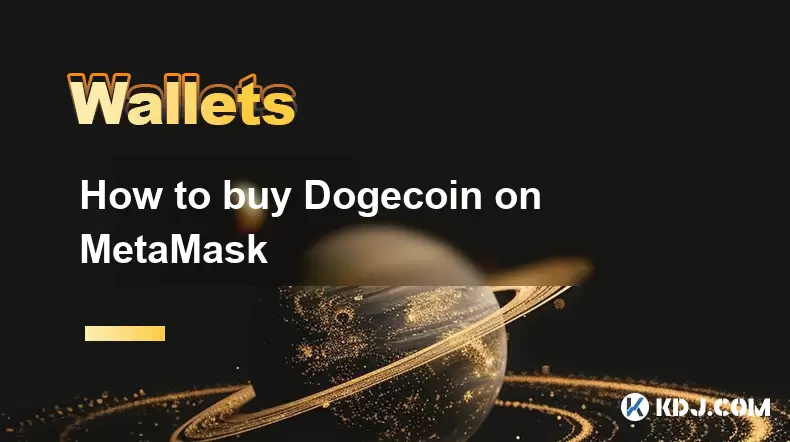
How to buy Dogecoin on MetaMask
Aug 08,2025 at 03:42am
Understanding Dogecoin and MetaMask CompatibilityDogecoin (DOGE) is a popular meme-based cryptocurrency that operates on its own blockchain, originall...
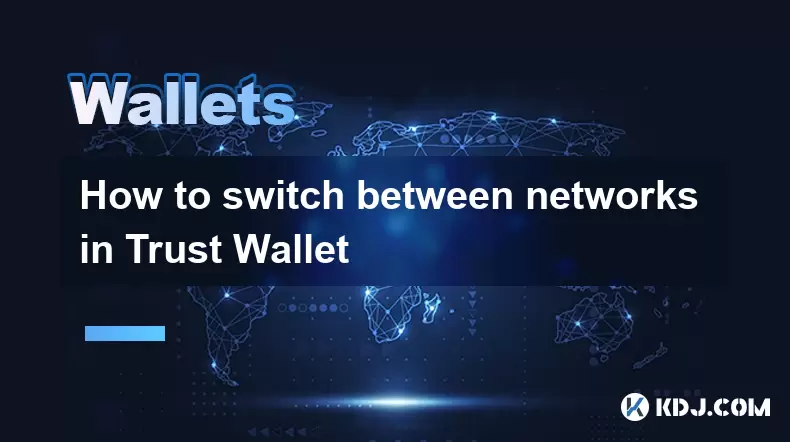
How to switch between networks in Trust Wallet
Aug 09,2025 at 11:07am
Understanding Network Switching in Trust WalletSwitching between networks in Trust Wallet allows users to manage assets across different blockchains, ...
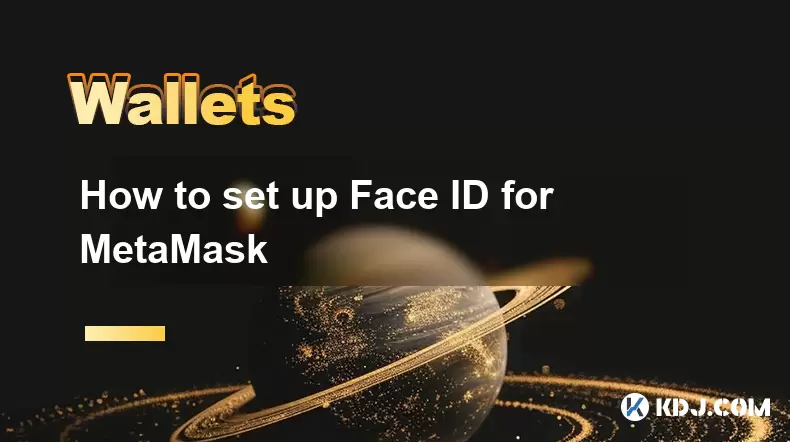
How to set up Face ID for MetaMask
Aug 12,2025 at 02:42am
Understanding Face ID and Its Role in MetaMask SecurityMetaMask is a widely used cryptocurrency wallet that allows users to interact with the Ethereum...
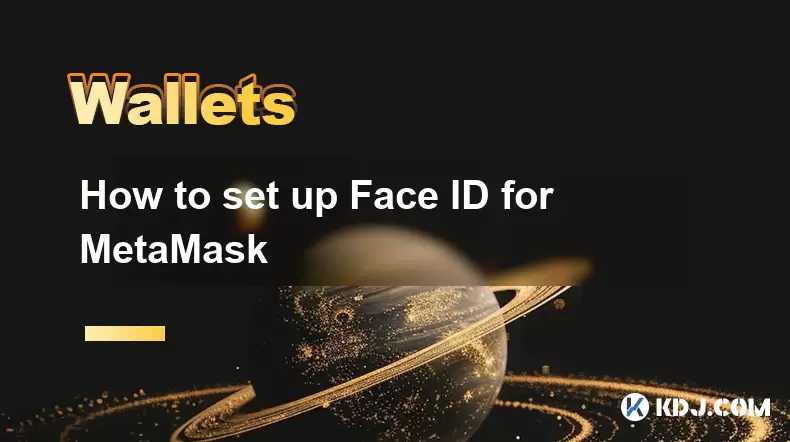
How to set up Face ID for MetaMask
Aug 11,2025 at 09:28am
Understanding Face ID and Its Role in MetaMask SecurityFace ID is a biometric authentication system developed by Apple that uses facial recognition to...

How to manage your portfolio in Exodus wallet
Aug 08,2025 at 10:07pm
Understanding the Exodus Wallet InterfaceThe Exodus wallet is a non-custodial cryptocurrency wallet that supports a wide range of digital assets. When...

How to reset your MetaMask password
Aug 08,2025 at 01:28pm
Understanding the MetaMask Password Reset ProcessMany users confuse the MetaMask password with the seed phrase or private key, but they serve differen...

How to buy Dogecoin on MetaMask
Aug 08,2025 at 03:42am
Understanding Dogecoin and MetaMask CompatibilityDogecoin (DOGE) is a popular meme-based cryptocurrency that operates on its own blockchain, originall...

How to switch between networks in Trust Wallet
Aug 09,2025 at 11:07am
Understanding Network Switching in Trust WalletSwitching between networks in Trust Wallet allows users to manage assets across different blockchains, ...

How to set up Face ID for MetaMask
Aug 12,2025 at 02:42am
Understanding Face ID and Its Role in MetaMask SecurityMetaMask is a widely used cryptocurrency wallet that allows users to interact with the Ethereum...

How to set up Face ID for MetaMask
Aug 11,2025 at 09:28am
Understanding Face ID and Its Role in MetaMask SecurityFace ID is a biometric authentication system developed by Apple that uses facial recognition to...
See all articles

























































































